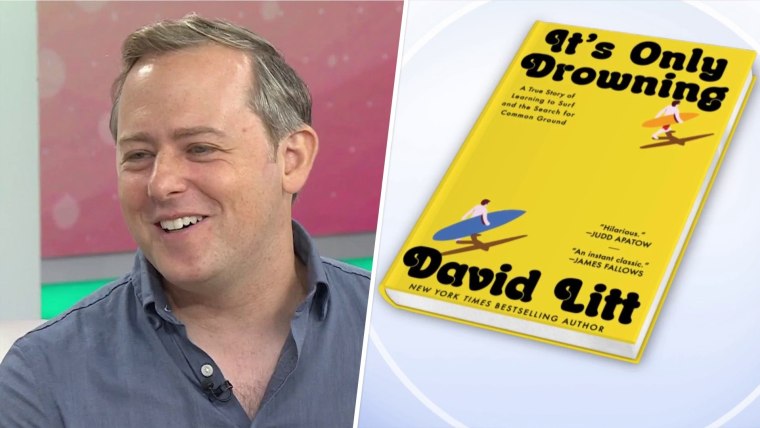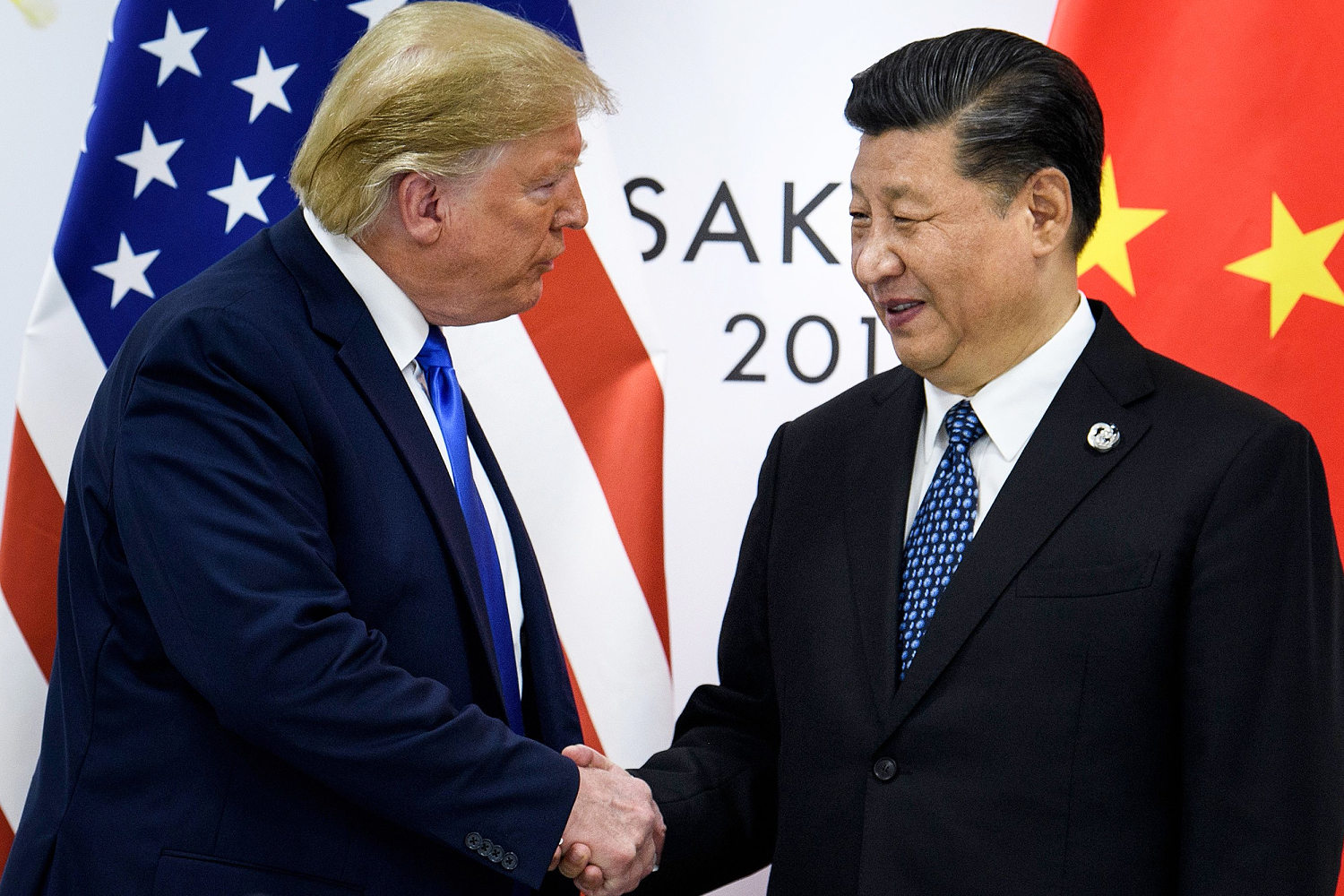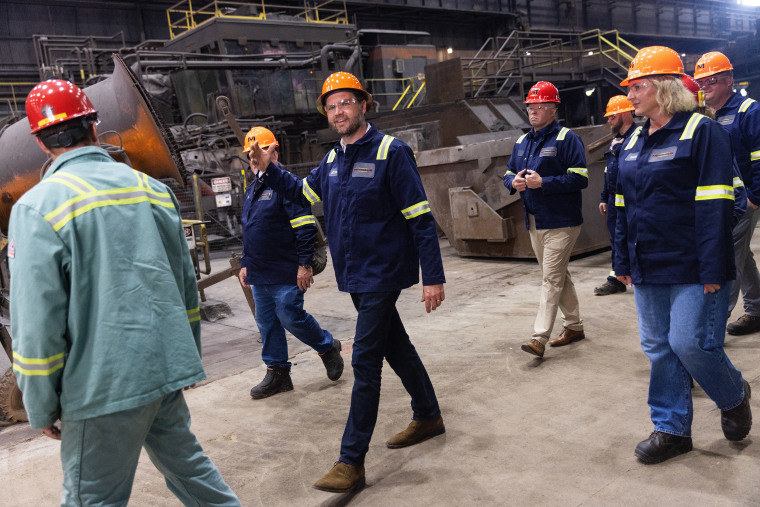Trump envisions a global baseline tariff rate of 15 to 20 percent

In a note to clients titled “Trump winning on his terms,” Neil Dutta, head of economics at Renaissance Macro research group, compared Trump’s succession of deal announcements — which alongside the E.U.’s also includes ones with China, the United Kingdom, Vietnam, Japan, Indonesia and the Philippines — to entering an ill-advised competition but still winning it.
“I can’t help but wonder that as every academic and critic of the White House lights their hair on fire over the effective tariff rate, America is taking some steps to rebalance our economy,” Dutta wrote, adding: “Entering a hotdog eating contest might be stupid, but if you eat the most hotdogs, you win!”
Alongside the country-by-country tariffs, duties on aluminum, autos, auto parts, copper, lumber, steel and timber also remain in effect — with Trump hinting ones on pharmaceuticals are in the works.
Markets initially tumbled in early April, when Trump announced higher-than-expected tariffs on U.S. trading partners. They’ve since recovered to set new records, but uncertainty still reigns. The odds of a recession have increased since Trump began his second term — to about 1 in 3, according to a Wall Street Journal poll. Recession odds were less than 1 in 4 at the conclusion of President Joe Biden’s term, according to the same poll.
Wall Street analysts have continued to take a dim view of the deals.
Trump and his allies have hailed the E.U. deal as a massive win — but market reaction Monday was muted, with the S&P 500 slipping solidly into the red by 2 p.m.
The administration has offered a host of rationales for the tariffs, saying they will boost employment while reducing the deficit — and that any business that doesn’t want to pay the tariffs should simply move production back to the U.S.
Outside of his base of support, Trump’s tariffs seemingly have few defenders.
Even the U.S. automotive sector, whose businesses the tariffs are designed to benefit, said last week that Trump’s recently announced deal with Japan forces American automakers to pay more in import taxes based on existing auto duties than what a Japanese automaker must pay.
Overall, the economic results so far have not favored Trump. Since April, when his tariffs started rolling out, growth in manufacturing employment has been statistically insignificant, while inflation-adjusted wage growth in the U.S. has slumped. Friday will see the release of jobs data for July that could show further impact.
Major businesses that have attempted to confront the administration’s tariffs push, such as Amazon and Walmart, have faced swift rebukes from the White House that may have put a damper on the willingness of other companies to speak up.
The ultimate effects of the tariffs will hinge on how deals with three of the U.S.’ largest trading partners — Canada, China and Mexico — turn out. Administration officials have warned not to expect any new breakthroughs on a China deal, meaning the current average effective rate of more than 50% will stand.
There remains an outside chance that a court will strike down many of Trump’s tariffs, most of which have been imposed through the International Emergency Economic Powers Act. A federal appeals court is set to hear oral arguments this week in a case brought by a U.S. firm challenging the president’s authority to levy tariffs.





